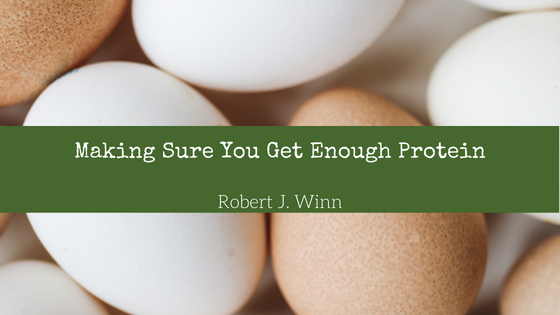Getting enough protein is important, especially since it’s found in many different food products. Most people don’t have to rely on protein bars and powders to get the necessary amount. This guide will teach you how to determine if you’re getting enough protein and what to do if you still need to.
What Does Protein do to The Body?
One of the three macronutrients, protein, is very important. It’s a vital component of every cell in the body, and it’s responsible for various processes, such as muscle maintenance and growth. Also, it provides energy, and one gram of protein has four calories.
Each protein comprises a group of amino acids, each of which serves a distinct function within the body. There are around 20 amino acids, nine of which are essential, meaning our bodies can’t make them. On the other hand, 11 amino acids are non-essential, which means our bodies can still produce them.
How Much Protein Should You Have Daily?
The recommended amount of protein your body should be getting is based on various factors, such as age, activity level, gender, and health conditions. According to the US Dietary Guidelines, adults should get around 10% to 35% of their daily calories from protein, which is a big range. Other experts also recommend that active adults get around 0.55 to 0.91 grams of this protein per pound.
A person who weighs 150 pounds should ideally get around 82 to 136 grams of protein per day, while a 200-pound individual needs around 109 to 182 grams. The higher the activity level, the more protein the body requires for various functions, such as muscle repair and growth.
Since your body can only use a limited amount of protein at once, it’s important to maintain a steady protein intake throughout the day. Ideally, it would help if you aimed to get at least 15 to 25 grams of protein at each meal. You should get this amount within two hours following vigorous exercise for optimal recovery.
Can You Get Protein as a Vegetarian?
Although a vegetarian diet can still provide adequate protein, it’s only sometimes possible to get all of the essential amino acids from animal products. For instance, if you eat meat, eggs, dairy products, and seafood, you’ll only be able to get the nine essential amino acids from these. On the contrary, plant proteins such as beans, nuts, seeds, and grains contain some of the essential amino acids.
How to Make Protein-Rich Meals
You can create a protein-enriched meal plan by adding at least one serving of protein-rich food to every meal or snack.
For breakfast, you can usually expect to eat two eggs with fruit and nuts or a smoothie made with protein-rich ingredients such as Greek yogurt.
For lunch, you can usually choose a sandwich that’s made with whole wheat bread and topped with tomatoes, lettuce, and turkey and cheese. For an alternative, you can make a vegetable-packed salad with grilled chicken and nuts.
Try a stir-fry or a classic dish with vegetables and meat for dinner.
You can also prepare protein-packed snacks by adding cottage cheese, nuts, yogurt, and hummus to a variety of food. These can be paired with fruit, vegetable, whole grain crackers, or chips.

